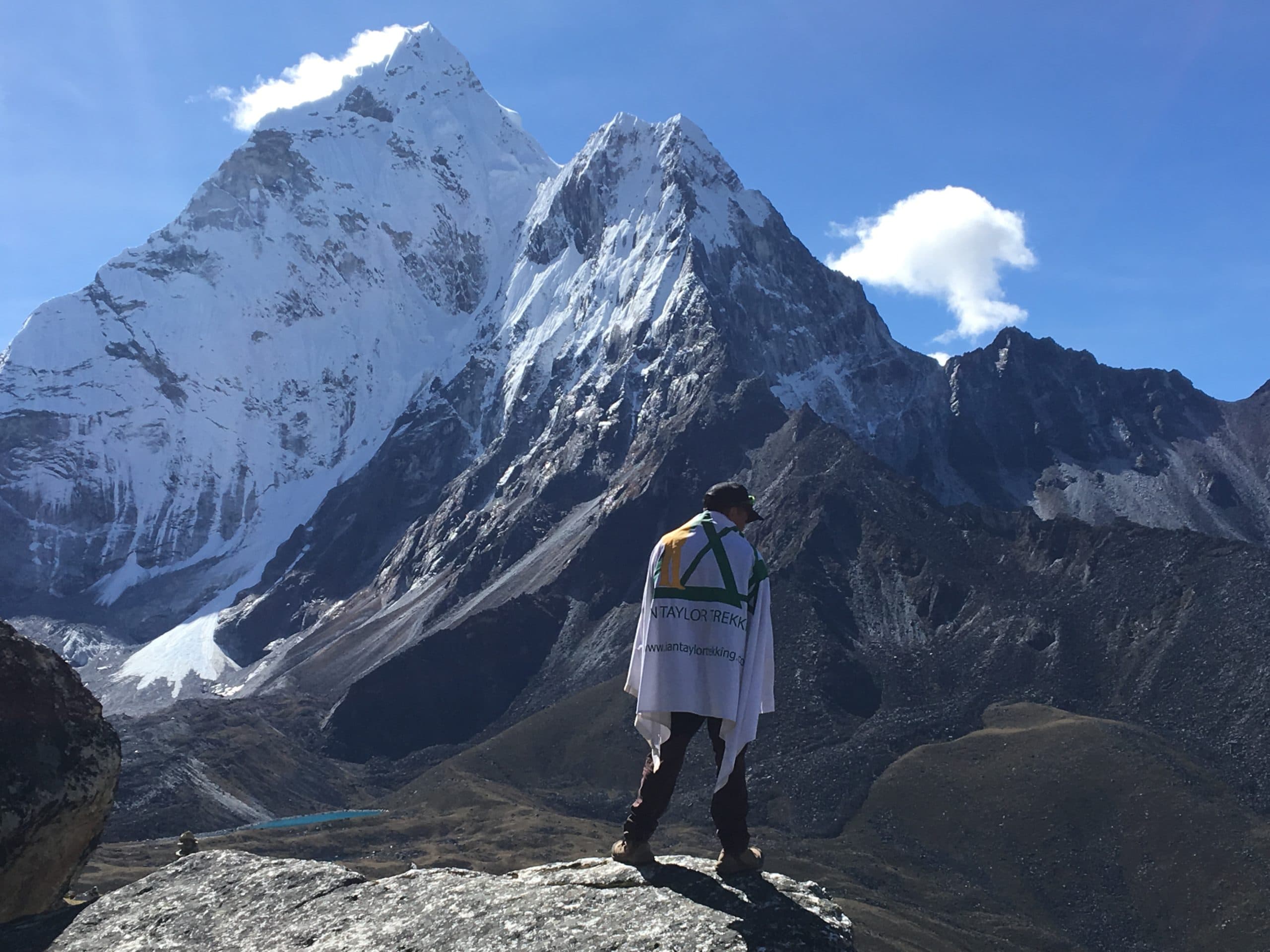Everest Base Camp Trekking is for trekkers not tourists. I have climbed Mount Everest to the top and led over 40 treks to Everest base camp. We had helps thousands of people trek to Everest and climb near by peaks like Island peak and Lobuche peak.
What I am seeing on the trail in recent times is down right stupidity. I witnessed people being brought up kala Patthar 5,645m/ 18,520 feet on horses, lots of people being brought up and down the trail on horses and record amounts of rescues costing trekkers hundreds if not thousands if dollars. Read some reviews from our trips.
Horse Ride to Everest Base Camp
On my last trek to Everest Base Camp I counted 17 people on horses and hundreds of people who completely under estimated this trek. The amount of people heading into the Everest region as doubled in the last decade but the business in Pheriche and Namche is down 40%.
Why?
Access, Everest movies, Netflix documents, Helicopters, companies selling an easy trek to Everest Base Camp along with a lack of respect for high and extreme altitude. The lack of physical and mental preparation being displayed is frustrating accompanied by poor leadership of groups. I’m afraid the Everest region into a calamity zone.
Shocking pacing, breathing techniques and more knee braces than ever before. People standing right in the middle of landslide areas because they had to take break after break. An accident waiting to happen.
Everest Base Camp Treks Require More Acclimatization
Be informed and be prepared. By spending 3 nights in Namche Bazaar 3,440m/ 11,300 feet on the way up the trail, this gives you a safer and more enjoyable experience going to high altitude. A lot of groups are walking too fast and skipping this critical acclimatization lower on the trail to Mount Everest.
Poor Acclimatization Leads to Altitude Sickness
I am annoyed and shocked at the disrespect people are showing to this unique mountain region and high altitude. Over the past few years the Everest region is being miss managed by local agencies and locals not professional guides, racing people up the trails only to get them sick and helicopter them out of the mountains.
I see so many people racing up the trails, some groups with 1 or 2 nights in Namche Bazaar and then pushing hard up the trail. Fatigue is a real issue that builds up over time. it is especially critical to limit fatigue as there is not enough oxygen to repair the damage.
All the research is telling us SPEND MORE TIME AT 3,500m/ 11,500 feet on the way up and give yourself the best experience possible.
Shocking Physical Preparation by Many People
The Everest Base Camp Trek is for trekkers not tourists. So many people are coming totally under prepared for their trek to Everest. I see 50% of the people on the trail way under prepared on a wide range of fronts.
I don’t expect this to change any time soon. If you are coming on one of our treks we expect that you come fully prepared so that you and your team can enjoy every moment of every day.
The Everest region is one of the world most amazing mountain regions. You come to enjoy, and embrace the majesty of the mighty mountains. Coming to endure the trek is not fair on yourself and others. I have never seen so many untrained, sick people with all the wrong gear and clothing, back packs and physical preparation as I have seen this year on the Everest trail in recent times.
More acclimatization, better physical preparation, better management of teams and people and far more respect needs to be given to these Himalayan trails.
Gear and Clothing Choices can Make or Break Your Trip
Wearing cotton clothing leads to poor temperature management, sickness, colds, flu, chest infections. This also leads to people coughing and spreading germs to other people. I continue to see groups spread out on the trails and people with terrible physical preparation.
Going fast and then stopping continually is not the way to trek up and down mountains. With such range in temperatures you need to regulate your temperature so you do not pick up a cold and ruin your trip.
Also regulate your heart rate, so you can move efficiently up and down the trail. Have the right clothing so the yaks and porters are not lugging up so much unneeded and extra gear.
Come Prepared and Respect This Mountain Region
Everest Base Camp Trekking is for trekkers not tourists. I remember coming into this region when there were no showers, no western toilets, no helicopters. Now I see so many people planning helicopter rescues from Gorak Shep as their legs are sore and they don’t feel like walking back to Lukla.
Listening to people talk about getting the Everest Base Camp picture so their friends can see and then flying out. Maybe this is the way it is going but seems wrong to me. We come for the experience, peace, reflection and energy the Sherpa people and mountains of this amazing region provide.
‘The journey is far more rewarding than the destination’.
Don’t Come on One of Our Treks ill Prepared
Not coming prepared and trained, is disrespectful of our staff, our service and other people on the team. If people don’t come prepared for one of our trips, we will turn them around before they become a risk to our staff on the ground.
Hundreds of people are showing up each season now with minimal training and understanding on what these high altitude treks entail. We want our trekkers coming fully prepared for the adventure. CONTACT US and get the best advice available and be prepared.







